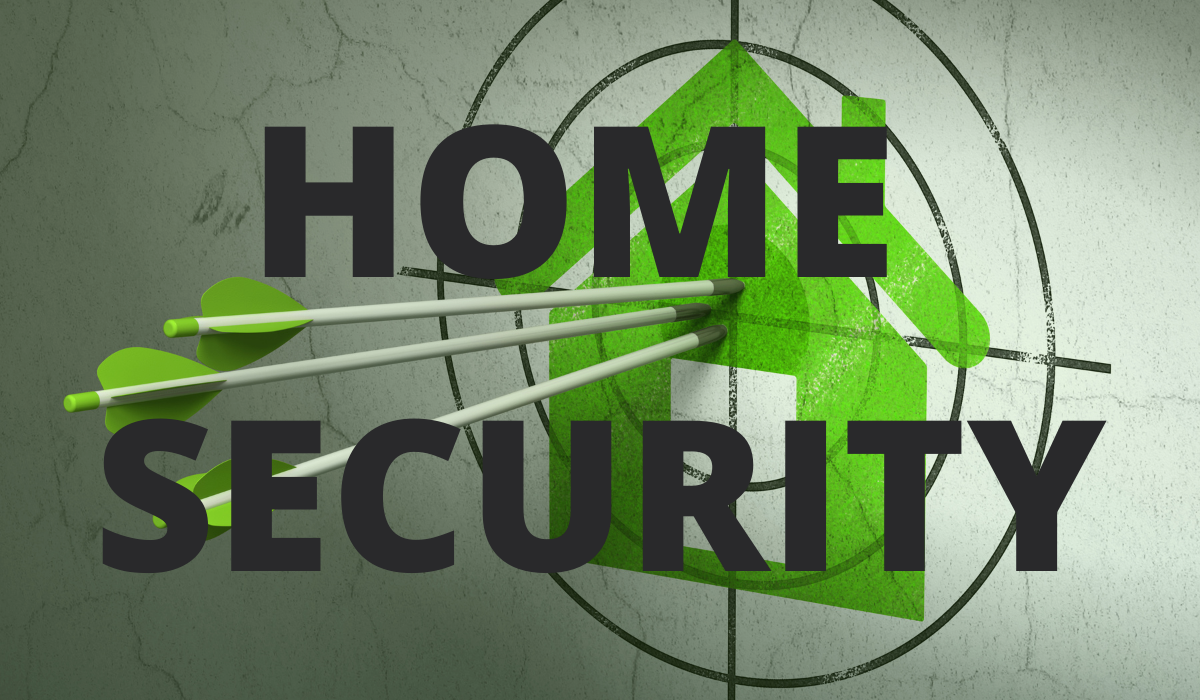
When establishing a safe environment at home, we put locks on the doors, latches on the gate, and home security systems that keep uninvited visitors out, and alert us to any intruders otherwise. What we see is what we address – as is the case with most things and situations.
But hidden somewhere in your house is an unlocked door – or doors – that may be giving access to information that can be accessed and stolen much more easily than the family heirlooms and jewels. Your home network is an entry point that is far too often overlooked.
With school and work often being done virtually these days, the threat of cybercrime is on the rise as hackers see more and more opportunities presenting themselves to unsuspecting online users. We are using software and hardware that wasn’t purchased for these new scenarios, and the lack of familiarity, coupled with the lack of security, is providing an easy gateway for hackers to gain access.
The Numbers Are In
According to Comcast’s recent Xfinity Cyber Health Report, which provided home network security risk details as well as an overview of consumer perception with regard to cyber-attacks, we see that regardless of the level of connectivity within a home, the risk is there. These risks are present from a combination of misinformation and lack of awareness, topped off with a sense of false confidence from consumers. With 96% of the consumers surveyed being unable to answer six basic cybersecurity questions, and 85% saying that they were confident in their precautionary actions, we wouldn’t expect 64% to admit that they share passwords with friends and family. The numbers don’t add up to any type of solid cybersecurity plan.
As a provider of technical support, the user of technology, or just someone who carries a mobile phone, this lack of understanding puts you at a major disadvantage to hackers. Why? Because the struggle to create solid awareness and education is lacking and when people aren’t aware or informed, how can they properly react? They can’t.
Compounding the problem of cybercrime in itself are the following key findings from the report:
1. Devices that are attacked are mixed. Coming in at #1 on the list are laptops and computers, followed by smartphones, then networked cameras, network storage devices, and streaming video services rounding out the top five.
2. Consumers are underestimating the threat. There is a general belief that on average they were attacked 12 times per month. In reality, it was nine times that amount, coming in at 104 threats per household, per month.
3. The assumption that if it doesn’t have a screen, it isn’t a risk. This is incorrect. These devices have very little or no security protection and are more easily hacked.
The consumers surveyed in this are business owners and employees. Again, whatever your role is within the business, you need to be aware of as someone who supports or simply uses technology. IT departments are necessary for an office, but IT knowledge is required in all aspects of our lives, even at the consumer level. We need to stay diligent.



